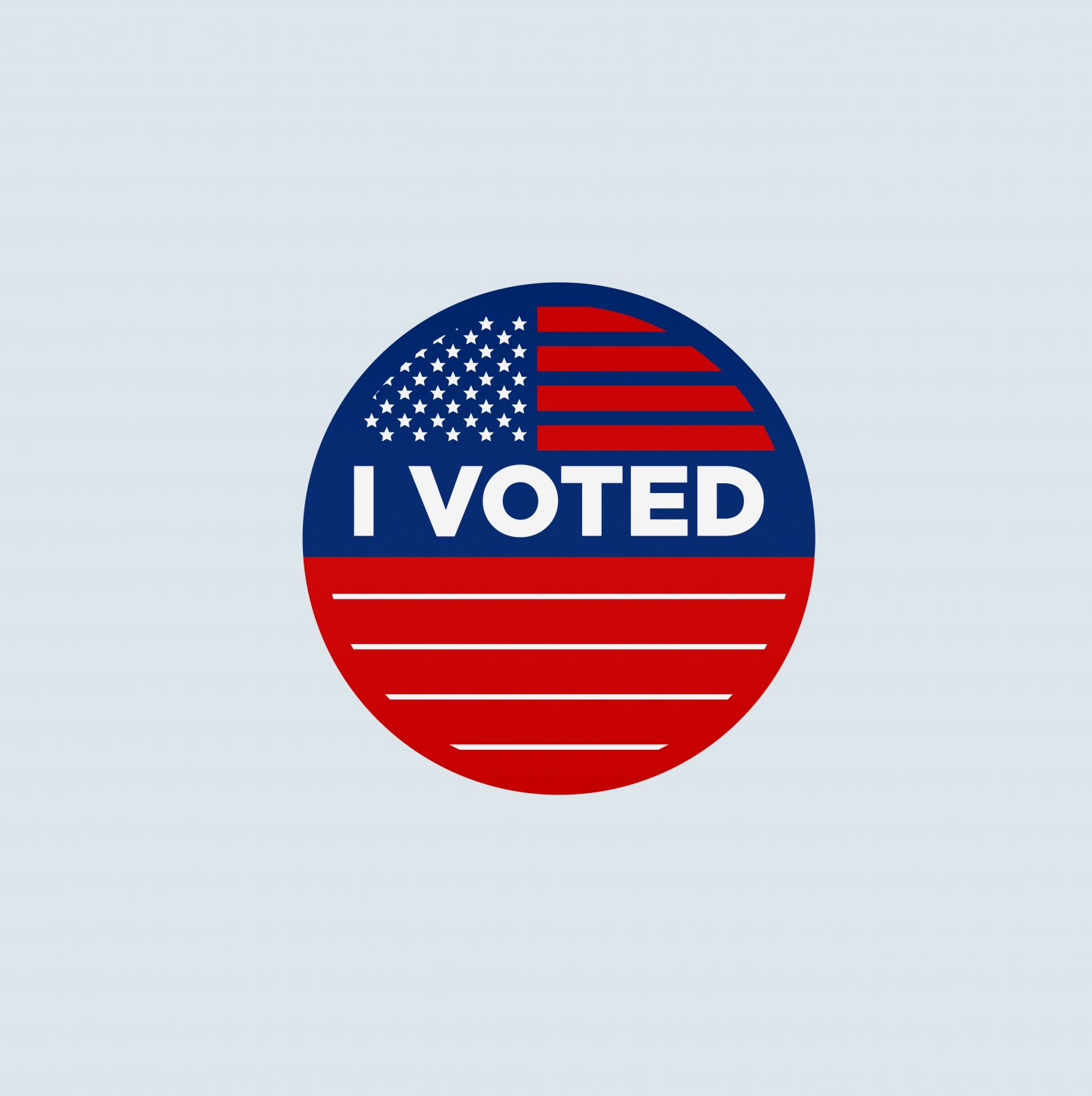
November 3rd is around the corner, millions of votes have already been cast, and many people are still grappling with how to support voter voice and turnout in the final weeks of the 2020 US general election. A critical element of a strong democracy is the active participation of its citizens, in politics and civic life, and the desire to ensure a just democratic election has perhaps never been stronger than it is today.
This year, in particular, is shining a much-needed spotlight on the gap in voter turnout between communities of color and white communities, largely due to voter suppression and the many other barriers that prevent minority voters from voting at the same rates as white voters. Funders of diverse political leanings are asking how they can help ensure all voters, especially historically disenfranchised communities, are supported to vote in 2020 – particularly given the COVID-19 pandemic that threatens to keep people at home. The very communities most affected by the pandemic are those that typically do not have strong turnout in national elections, and there are inspiring efforts around the country working to make these voices heard.
Here are three ways you can harness the power of philanthropy to support voter turnout right now:
1. Contribute now to pooled funds.
There are a number of pooled funds intended to streamline philanthropists’ efforts in these areas. These funds simplify the process of identifying the most effective nonprofit partners in states all around the country. They ensure funding is nimble and responsive in supporting communities where it is most needed. Perhaps most importantly, pooled funds are staffed by experts who intrinsically understand the ins and outs of voter turnout and are in direct communication with local organizations, while also educating funders about the issues. Examples include:
- The State Infrastructure Fund (SIF), which seeks to “increase civic participation and advance voting rights among people of color and other historically underrepresented communities.” SIF focuses on the South, Southwest, and Great Lakes regions, “prioritizing funding for organizations led by people who authentically represent their communities.”
- The Voter Engagement Fund, which “focuses on voter registration, education, and mobilization efforts that engage underrepresented citizens who are otherwise overlooked by voter engagement initiatives.”
- The Democracy Fund’s elections program, which “works to ensure that all Americans, especially those who have been historically underrepresented at the polls, have the opportunity to fully participate in the democratic process and freely vote for the candidates and issues that represent their communities.“ They educate funders and help channel philanthropic resources towards increasing and safeguarding voter turnout.
2. Invest in statewide efforts.
Whether you focus on where you currently live, where you grew up, or key states that you read about in the news, many efforts to support voter turnout and engagement are organized by state. For example, in New Hampshire, the ACLU of NH and others have come together to create an online resource called VoteNH2020 to help answer voters’ questions and make voting easier. Similarly, in North Carolina, You Can Vote “trains and mobilizes volunteers to educate, register, and empower all North Carolina citizens to successfully cast their ballot.” Every state in the US has similar civic efforts to conduct outreach across the state, educate voters on issues, and provide resources to ensure voters can register to vote, vote by mail, or access their polling stations. By selecting a few states to invest in, funders can more narrowly target their resources to where it may be most impactful.
3. Match your money with your voice.
Bolder Advocacy has a well-timed new collection of resources to help funders use their influence and platform to encourage full civic participation in this election cycle. They offer a short guide on the rules of private foundation activities in an election year, a social media action plan with sample nonpartisan messages designed to encourage voters to cast their vote, and downloadable graphics and other information that reflect the current election year advocacy trends. To learn more deeply, check out their Rules of the Game podcast to learn how all nonprofits can advocate in support of their mission while remaining nonpartisan.
And if you are worried you may be too late, don’t fear: a lot will happen over the next few weeks (and beyond), and flexible funds help all of these groups be nimble and responsive. Also, funding for these types of civic engagement efforts tends to plummet immediately after Election Day, challenging their ability to sustain their infrastructure and efforts between election cycles – making their jobs twice as hard.
Democracy in the US needs more attention and funding from philanthropy. There are many long-term strategies we did not cover here, such as support for independent media, advocacy for public financing of elections, anti-gerrymandering efforts, support for the rule of law, efforts to increase the number of women and people of color in elected office, protecting the right to protest, and pro-voter efforts that require structural and legal reform. For funders interested in learning more about the role philanthropy can play in these issues, check out the Funders Committee for Civic Participation, Philanthropy for Active Civic Engagement, and the Democracy Funders Network for resources and ideas.
It’s not too late to strengthen voter turnout in the 2020 election. The immediate investments and actions listed above can help you get engaged now and support democratic participation through November 3rd and beyond.


